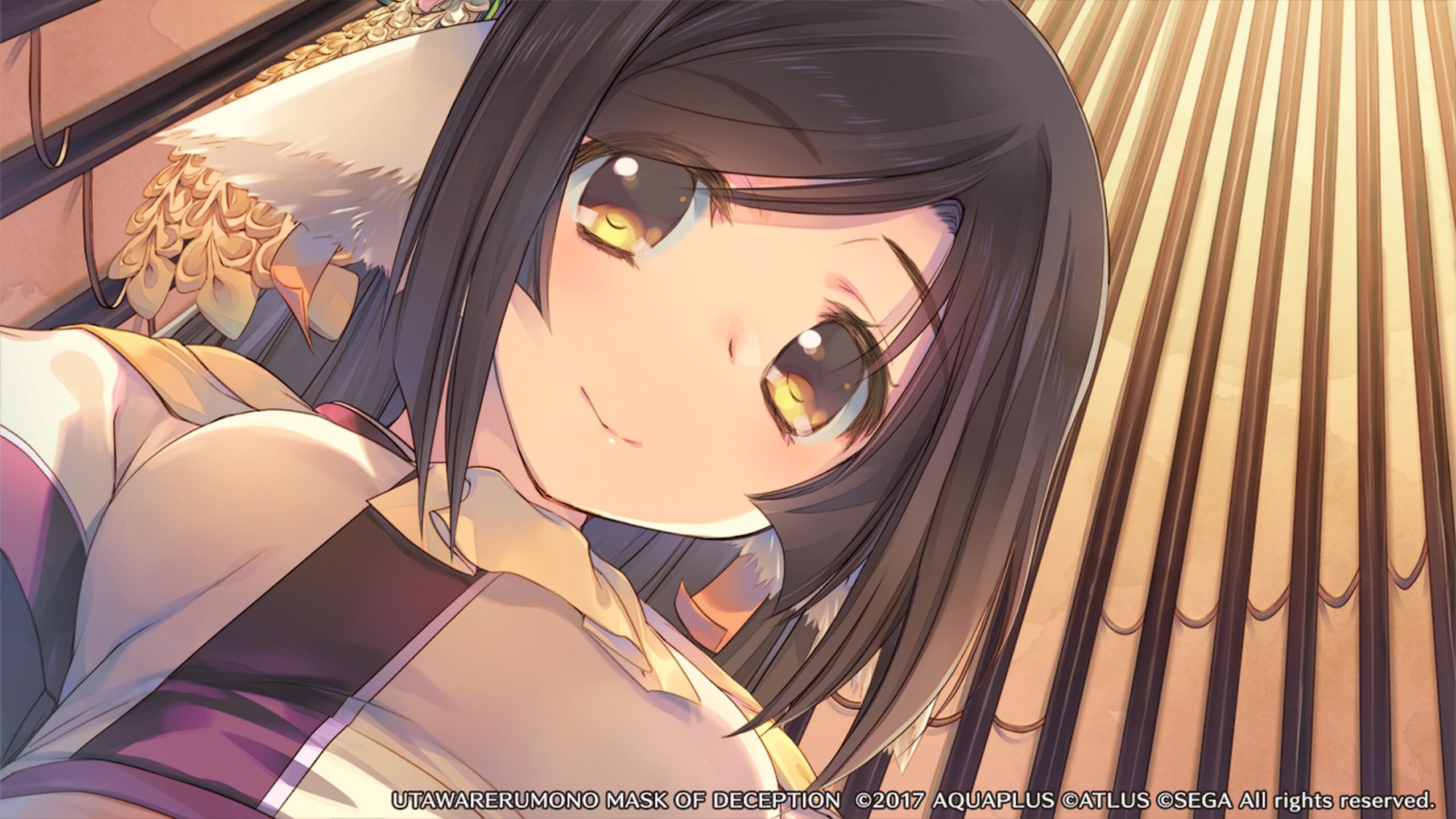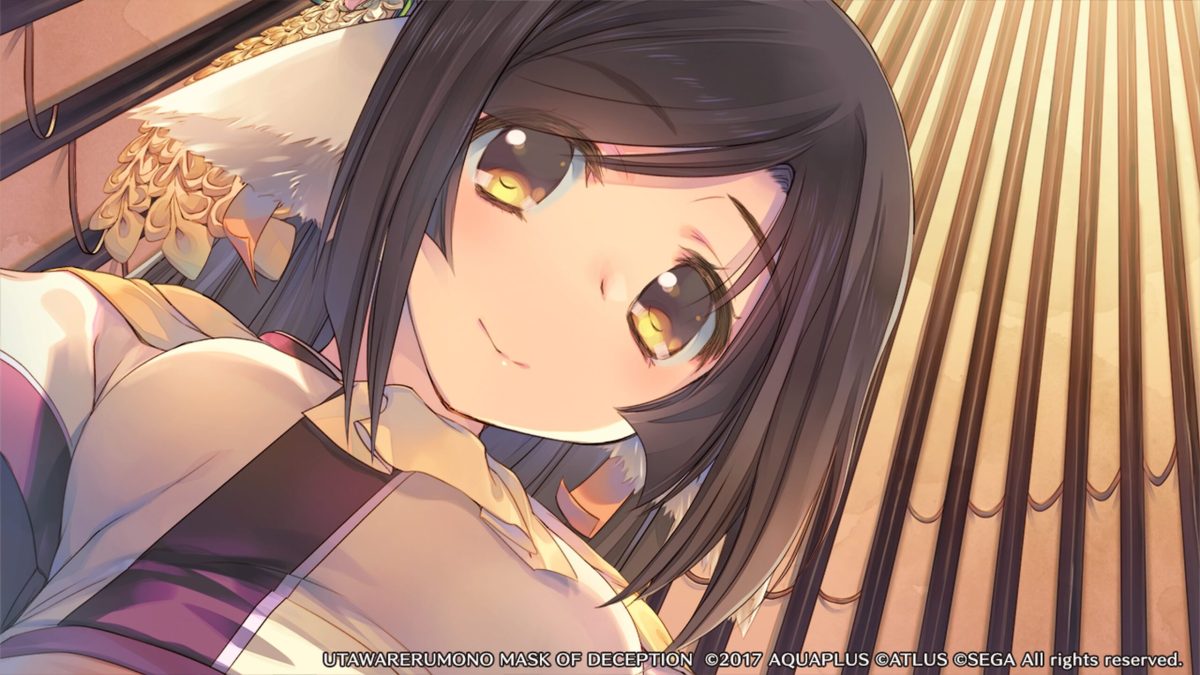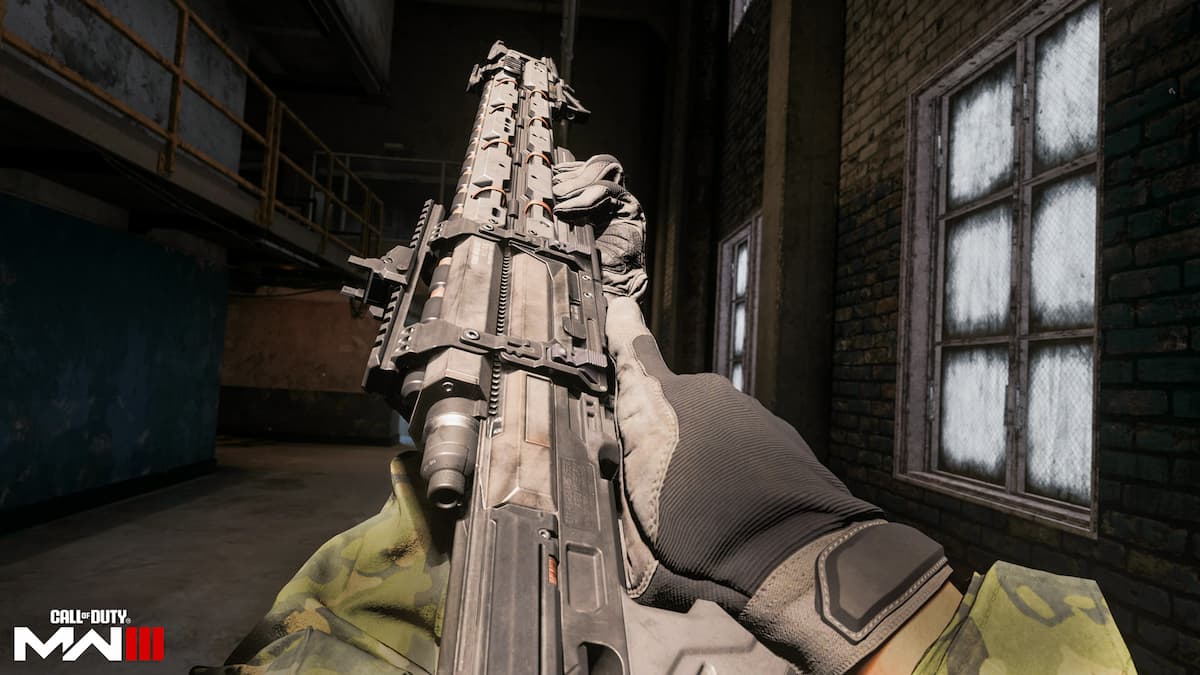Underwater Ray Romano Rides Again
“Utawarerumono” is a bit of a mouthful, even for folks who can speak Japanese, and probably even more so for those who can’t. In fact, mispronouncing the title as “Underwater Ray Romano” was a big meme of the mid-2000s for a certain segment of the otaku scene.
But it’s back now, with Utawarerumono: Mask of Deception, this time sold by Atlus to a gaming environment that’s markedly friendlier to the interests of anime nerds. Can producing a sequel to a decade-old fantasy brand hit home the way the original did?

Utawarerumono: Mask of Deception (PS Vita, PlayStation 4 [Reviewed], PlayStation TV)
Developer: Aquaplus
Publisher: Aquaplus (JP), Atlus USA (NA), Deep Silver (EU)
Released: September 23, 2015 (JP) May 23, 2017 (NA/EU)
MSRP: $39.99 (Vita), $49.99 (PS4)
Indeed, the first thing to know about Utawarerumono: Mask of Deception is that it’s technically the sequel to the original Utawarerumono, which never made it to English-speaking territories outside of a fan translation patch and a licensed anime adaptation around 2006. Not only is it the sequel a decade-old game, Mask of Deception has a sequel of its own, Utawarerumono: Mask of Truth, due for release this year.
This matters, because while Mask of Deception does enough in its main narrative to ensure that it can function as a fresh start for people who’ve never seen or played the original story, it won’t stand alone. Anyone interested enough to pick up this game should be prepared to see the saga through when Mask of Truth releases later this year.
That said, there are the makings of an expansive, epic fantasy in Mask of Deception, one that just might warrant a whole second game to fully resolve. Players are cast in the role of an amnesiac who wakes as seemingly the only human being in a world populated and run by people with animal ears and tails. It’s not all catgirls, though. Doggirls, birdgirls, guy versions of the aforementioned, winged angels, and things that can best be described as some kind of elf have formed their own nations, empires, and cultures in what might just be a post-human Earth.

The player is adopted by Kuon, a playful, pretty, and monstrously strong traveler, and given a name, “Haku”. Before long, Haku and Kuon set about traveling the great empire of Yamato, getting involved in the local troubles, and gathering troupe of companions and followers, like the boisterous mercenary Ukon, his bookish sister Nekone, the pompous dandy Maroro, and the princess Rulutieh, who rides a giant bird into combat.
Though the narrative itself never quite grows out of its archetypal trappings, Mask of Deception makes the most of its running time to vividly illustrate its characters and build out the setting. They may be archetypes, but the game’s execution makes all the difference between characters that feel well-formed and those that feel merely perfunctory, aided by a strong translation effort from Atlus USA.
This is fortunate, considering that that strength is probably the biggest thing Mask of Deception has going for it, especially for players with no prior knowledge of Utawarerumono as a whole. A large chunk of the game contains what amounts to huge fan service for people who know and miss the original cast, and new players may feel an overriding sense that there are things being referenced to or feelings being evoked that they simply aren’t privy to. It’s not enough to be a real deal-breaker, but extant fans will have the most to gain from the experience.
Looks are Mask of Deception‘s other major strength. While its production obviously won’t blow the likes of Final Fantasy XV or Persona 5 out of the water, it’s one of the most all-around attractive visual novels I’ve played. Painterly, rounded (and occasionally buxom) character designs are backed by lush environmental art, all united around an aesthetic inspired by early Japanese history, invoking visually the cultures of Japan’s indigenous Ainu people, as well as pre-medieval Yamato. Even the game’s battle scenes can match the likes of Fire Emblem and other well-regarded JRPGs, with stylish animations and a lot of color.
The battles themselves, though, are nothing to write home about. Good looks aside, there’s very little to distinguish them mechanically, or tactically, and they’re mainly included to break up the pacing of the visual novel, and because the original game had tactical battles, too. Players move their units around on a standard grid-based map, taking turns and managing their units’ various attack ranges, batting away at enemies until their health runs out. On normal difficulty, the battles are more a formality than a challenge, and the progression system doesn’t afford enough in the way of customization to really make strategic and logistical decisions any more complex than picking one’s favorite set of characters and letting them steamroll the AI.

The battle system’s one claim to uniqueness is in the execution of individual attacks and spells, through the addition of a rudimentary “combo” mechanic. Players can press buttons at the right time to trigger additional strikes in an attack or spell casting, adding extra effects, damage, or even changing the size or shape of the attack itself. While this adds space for some flourish and keeps players on their toes, it’s far too little to make Utawarerumono capable of facing off against genuine tactical RPGs. For better or worse, the game is a visual novel with battles tacked on, and players should see the fights as a change of pace rather than an integral part of the design.
While Utawarerumono: Mask of Deception won’t break new ground in terms of narrative novelty or tactical depth, it remains an attractive, polished fantasy romp that will especially delight fans familiar with the original story. Everyone else, though, should be prepared to pick up the sequel, lest they leave the story halfway done.
[This review is based on a retail build of the game provided by the publisher.]





